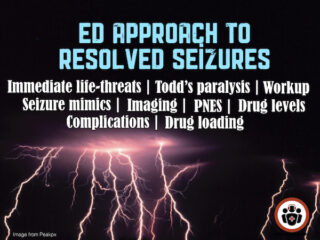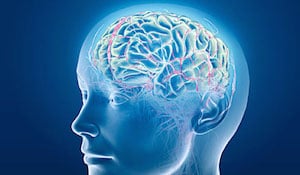EM Quick Hits 18 Conservative Management Pneumothorax, Microdosing Buprenorphine, Practical Use of CRITOE, Canadian TIA Score, Pediatric Surviving Sepsis Guidelines, Safety of Peripheral Vasopressors
Justin Morgenstern on watchful waiting for large spontaneous pneumothoraces, Michelle Klaiman on mirco-dosing buprenorphine for opiate use disorder, Arun Sayal on the practical application of CRITOE in pediatric elbow fractures, Jeff Perry on The Canadian TIA Score, Sarah Reid on updated pediatric surviving sepsis guidelines, Salim Rezaie (Best of REBELEM) on safety of vasopressor administration through peripheral IVs...




